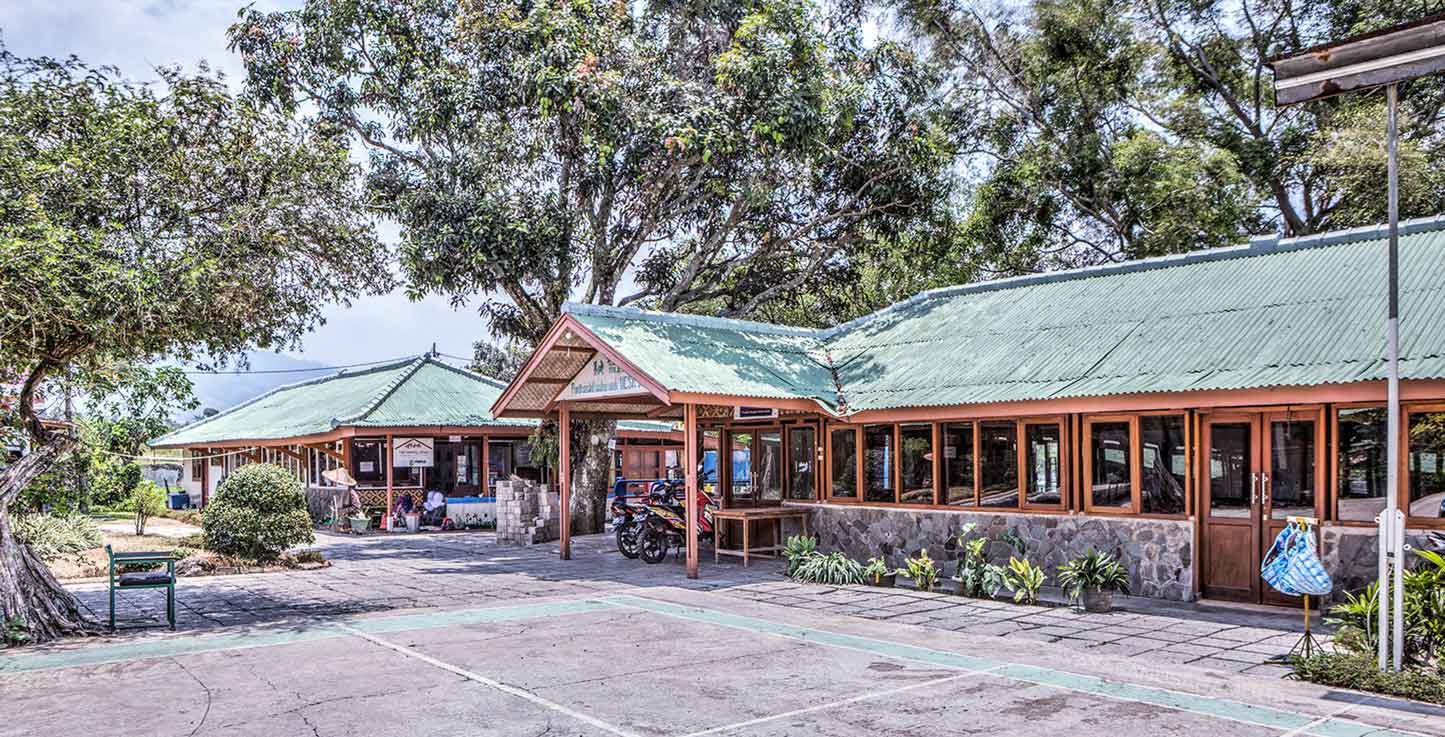Overview
YUM’s community based projects aim to provide a better standard of living for those families living in poverty. YUM aims to create a foundation for long-term stability and growth by promoting cooperation between members of each community and show communities what can be achieved when they work together.
Cipanas YUM Village
The site of the Cipanas YUM Village (CYV) was originally established in 1976 as a Rehabilitation Centre for tuberculosis patients and their families. Children were sometimes orphaned as a result of their parents’ health afflictions, and the children had nowhere else to go. They were invited to remain at the clinic and be cared for. In 2004, the operations of this tuberculosis centre stopped as more and more health facilities had opened in the area. The CYV then became solely an orphanage called "Desa Anak-Anak" (The Children's Village) to provide for the needs of these ‘abandoned’ children.
In 2009, in recognition of reports released by Save the Children, UNICEF and the Indonesian Ministry of Social Affairs encouraging efforts to reunify families for the best interest of the child’s emotional development, YUM took the decision to transform the orphanage into a community centre aimed at providing assistance and support to the families in order to prevent further separation. In 2013, the Indonesian Ministry of Social Affairs formally recognized the CYV as a pioneer in the implementation of the National Standard of Child Care and in its transformation from being a childcare based institution (orphanage) into a family based center, and the CYV has since served as a model for other orphanages as well as become a reference for comparative studies undertaken by other institutions and universities.
The Cipanas YUM Village is situated in the district of Cianjur, in the West Java province. Our working area is the sub-district of Sukaresmi, in which there are 83,146 inhabitants in 11 villages. According to data collected at the sub-district level, out of the 27,523 households, 22.5% of the these (or 6,206) are classified as living below the national poverty line.
Today, the community center serves around 4,000 babies, children, youth and adults, through several projects run on a daily basis:
- Community Library
- Early Childhood Learning Center
- Toys Library
- Box of Books program
- Playground
- Remedial & Tutorial program
- School Sponsorship
- Vocational Training Center
- Organic Farm
- Stunting Prevention
- Elderly Care

